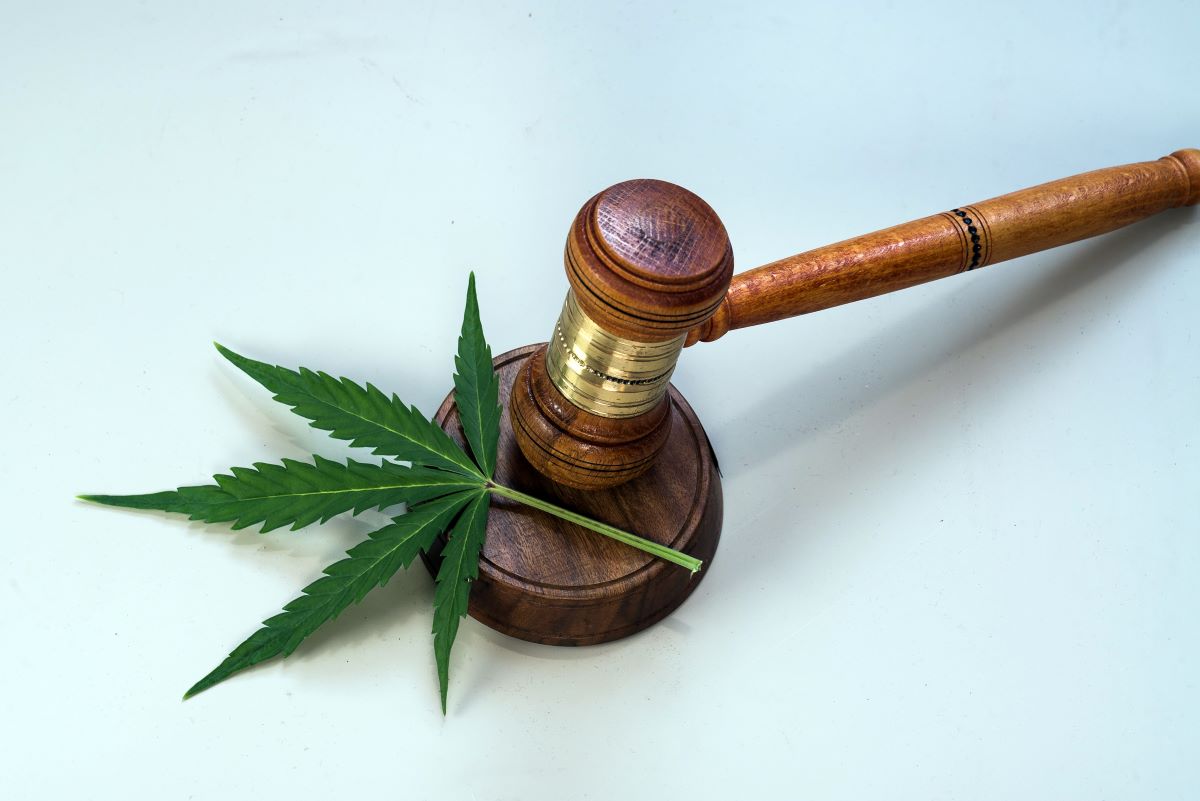SHOP SMOKING
OUR ONLINE SHOP HAS ARRIVED
DISCOVER OUR SWEATSHIRTS, T-SHIRTS WITH EXCLUSIVE DESIGNS AND MUCH MORE
SHOP SMOKING
OUR ONLINE SHOP HAS ARRIVED
DISCOVER OUR SWEATSHIRTS, T-SHIRTS WITH EXCLUSIVE DESIGNS AND MUCH MORE

Marijuana is completely legal in Canada, Uruguay, South Africa, and the Netherlands. Other countries allow for the medicinal use of marijuana but not recreational use, these include Australia, Chile, and Italy.
However, in most of the world, marijuana is illegal. The main reason is down to the effects it has on people’s health. However, not even the World Health Organization (WHO) holds an unwavering position on the matter.
For example, in 2019, it published some guidelines on cannabis which led to the withdrawal of UN drug control treaties. However, despite this, the non-medicinal use of marijuana is still illegal in most places.
Contents
With there being no firm overall international agreement, each country is able to implement its own legislation, which is constantly subject to change. What about in the US? Well, it is exactly the same, with the added complexities of our individual state and federal laws.
In the US, marijuana is legal in 38 of 50 states for medical use and 24 states for recreational use.
So, what about medicinal marijuana? As we mentioned, medicinal marijuana is legal in 38 out of 50 states and there are ten other states with laws that allow for access to CBD products.
In 2014, the Rohrabacher–Farr amendment was passed, which prohibits the federal prosecution of individuals complying with state medical cannabis laws.
Recreational use of marijuana is legal in 24 states. There are also another seven states that have decriminalized its use.
You must be over 21 to buy and consume marijuana in permitted states, but in those states where it is outlawed the sanctions are serious! Marijuana possession is classified as a Class A Misdemeanor in these states and carries a penalty of up to one year in jail and a fine of up to $1,000 if it’s your first charge.
Subsequent convictions for marijuana possession are felonies with mandatory minimum jail sentences.
If you are interested in law, you’ll be interested to know that at federal level cannabis is classified as a Schedule I drug under the Controlled Substances Act. This means it has no classified medical purpose and is prone to abuse.
Here is a summary of what that classification means:
Unless specifically authorized in those states where marijuana is illegal, the following is prohibited:
To make things clearer, let’s imagine a specific situation in those states where marijuana is still illegal. You can walk freely down the street with a Smoking cone or in Smoking Paper (together with your filters), provided that you are not carrying any marijuana.
In those states where it is permitted you can do the same, but with your joints pre-rolled and ready to smoke, provided you have bought the permitted amounts of marijuana from a state-regulated marijuana dispensary or grown it yourself. Remember you must be over 21!
While the laws around marijuana are by no means clear, it all depends on which state you live in or are visiting when it comes to legality.
This leads us to one of the most logical questions in the world: okay, we get that it’s not legal in some states, but why? What is the real reason behind marijuana being illegal?
As you know, the legality or illegality of marijuana will always depend on the authorities who pass the laws on the issue, and that varies from place to place. Therefore, the only thing we can really do is see what the Food and Drug Association (FDA) has to say on the matter.
To date, the agency has not approved a marketing application for cannabis for the treatment of any disease or condition. However, there are some approved medical products available upon prescription.
It is impossible to give one specific answer for the country as a whole, but officially: federal law states that marijuana is still an illegal controlled substance. While the federal government may not enforce these when it comes to possession, the state laws will remain in effect, and people must obey them.
With that said, the Department of Health and Human Services is formally recommending that the Drug Enforcement Administration ease government restrictions on marijuana, which may see its legalization or decriminalization in more places.
In other good news, North America has dominated the commercial cannabis market with a revenue share of 76.0% in 2023. With more than two-thirds of the U.S. now having legalized marijuana use in some capacity, both the demand and supply have increased to further boost North America’s leading position.
